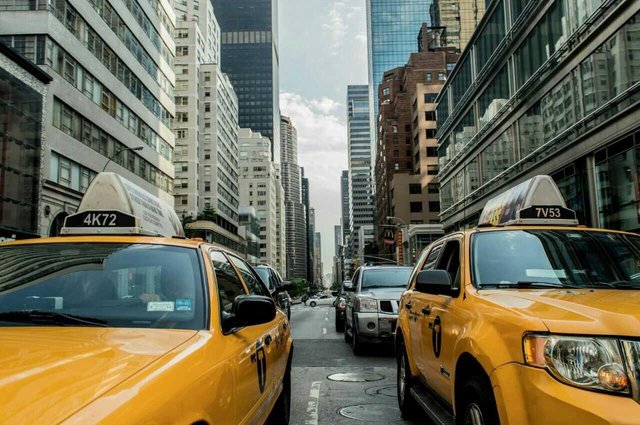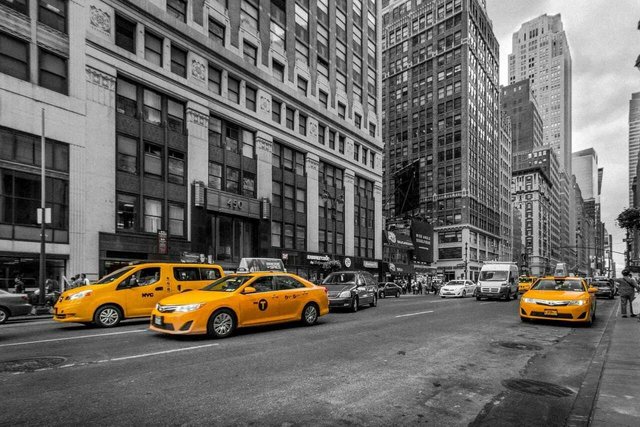Uber's Self-Driving-Truck Scheme Hinges on Logistics, Not Tech

The most great thing about the Uber trip from the Midwest to Southern California wasn't that the truck drove itself the 344 miles crosswise over Arizona. It was what happened when two men named Larry and Mark met at the western edge of the Copper State. Larry, the prepared security driver, had spent the self-governing voyage viewing over his robot. Stamp was naturally touched base from Los Angeles in a regular truck.
Each unfastened their trailer and snared to the other's. Check drove his new heap of payload to its last goal. Larry headed back east, flipping his semi into self-sufficient mode.
This current meet and welcome, which Uber depicted today, denotes the ride-hailing monster's most recent advance into the universe of whole deal trucking: a stage that depended not simply on self-driving tech, but rather on the strategic capability to influence it to work seriously.
Uber has been discussing trucks since it obtained Anthony Levandowski's self-driving huge apparatus startup, Otto, in 2016. (Between Levandowksi's part at the focal point of Uber's wounding lawful battle with Waymo and a trademark claim, Uber dropped the Otto name a year ago.) And it's a long way from the main organization attempting to instruct robots to drive semis: Volvo, Daimler, Waymo, Tesla, and a few new businesses have pronounced comparative goals.
Take in MORE
The WIRED Guide to Self-Driving Cars
That is on account of trucking is, as it's been said in the Valley, ready for disturbance: Americans are sending increasingly stuff. There aren't almost enough drivers to move everything, and the deficiency will just deteriorate after some time as Amazon keeps on upsetting (there's that word once more) conventional retail locations. And keeping in mind that it's difficult to motivate vehicles to drive themselves in complex urban communities, the trucker's space—the expressway—is anything but difficult to ace. Simply remain in your path and brake before you hit the person before you.
The inquiry isn't, at that point, can the innovation work, nor is it whether individuals will pay for it. It's what happens when the truck departs the expressway and must arrange crossing points, abstain from squashing people on foot, and explore through mechanical yards. The agreement among the organizations endeavoring to take trucking robo is that all that stuff is just too hard. So they have concocted a couple of workarounds.
One startup, Starsky, needs to isolate vehicle and human: People in call focuses would remotely work the trucks on surface roads. Uber is running with what we call the bar pilot demonstrate. A human in a general truck gets the shipment, takes it to an exchange center by the parkway, and disregards it to the self-ruling truck. The robot (with an authorized driver in the driver's seat, until further notice) does the basic thruway cruising. At the point when the truck in the long run leaves, the handoff keeps running backward, and another human takes control for last couple of miles—like the bar pilots who lead ginormous holder ships into and out of port. Sometime in the not so distant future, Uber's exchange center points could be committed offices with their own particular on-and exit ramps. For the time being, its trucking group is utilizing measure stations off Interstate 40 in Topock and Sanders, Arizona, at either end of the state.
Uber's self-driving trucks utilize equipment and programming created by the organization's R&D group in Pittsburgh, Pennsylvania.
Uber
That is its quintessence, yet Uber envisions a significantly more unpredictable activity. This is the place the gathering of Larry and Mark comes in: Each had a heap of payload to pull on every leg of their excursion, so neither sat around idly or cash moving a vacant box.
The purpose of Uber's robo-trucking plan isn't simply to securely get heaps of tennis shoes and diapers and pooch sustenance from stockroom to interstate to distribution center. It's to do it with strategic effectiveness. At the point when human drivers convey a shipment to the robotruck, Uber needs them to have a recently arrived shipment to bring back. The objective is to keep each vehicle, regardless of who or what is working the gas and brakes, to move load—and profiting—consistently.
"I think the hypothesis works," says Jason Parker, who takes a shot at trucking at Flexport, which enables organizations to arrange their transportation endeavors. In any case, the substances of the trucking business sector could block the stream. There are times and places where load tends to head one way: significantly more stuff leaves California on trucks than enters it (since such a great amount of comes in by transport), for instance. A few organizations and autonomous drivers claim their trailers and won't much like seeing them toted away by a robot. Inquiries of obligation get knotty when one trek includes upwards of three organizations—and nonhuman drivers.
To influence it to work by any stretch of the imagination, Uber needs perfectly nitty gritty learning of payload development designs. This is the place Uber Freight comes in. The administration, which propelled in late 2016, interfaces truckers with things that need trucking, the way UberX associates Prius drivers with San Franciscans tired of BART. Like most Uber items, it's an offered to supplant the conventional mediator, here the business firms that at times still depend on an old practice known as calling somebody on the phone.
Burning a maturing, wasteful industry to gin up more income is dependably a strong move. In any case, now, Uber Freight can play a considerably more imperative part—more then likely, the part it was destined to play. After over a time of eating information on where freight goes and when, Uber has achieved a state of strategic insightful where it can send shipments in two ways. It may not seem like much, but rather it's a vital initial move toward the spinning, superbly arranged, across the nation artful dance of proficiency Uber has as a main priority.
The group has a couple of innovative detours left to cut down. For instance, Woodrow says his group is making sense of how to guarantee the trucks can depart the correct path when ignoring a pulled crisis vehicle, as required by law in a few states. What's more, similar to human truck drivers, the semis require a decent feeling of how people in traveler autos are probably going to act around them. The appropriate response, frequently, is moronically—following too intently or cutting the enormous young men off.
That is the simple stuff, generally. Making the robot is a certain something. Keeping it at work—every minute of every day—is another.

I will be featuring it in my weekly #technology curation post for the @minnowsupport project and the @CreatorsGuild! The is a new group of Steem tech bloggers and content creators looking to improve the overall quality of the niche.
If you wish not to be featured in the curation post this Saturday, please let me know. Keep up the hard work, and I hope to see you at the Tech Bloggers' Guild!
Ok sure. Thanks
Ok sure
This post has received a 0.12 % upvote from @speedvoter thanks to: @soubhikmondal.
This post has received a 0.13 % upvote from @drotto thanks to: @soubhikmondal.
Your Post Has Been Featured on @Resteemable!
Feature any Steemit post using resteemit.com!
How It Works:
1. Take Any Steemit URL
2. Erase
https://3. Type
reGet Featured Instantly � Featured Posts are voted every 2.4hrs
Join the Curation Team Here | Vote Resteemable for Witness